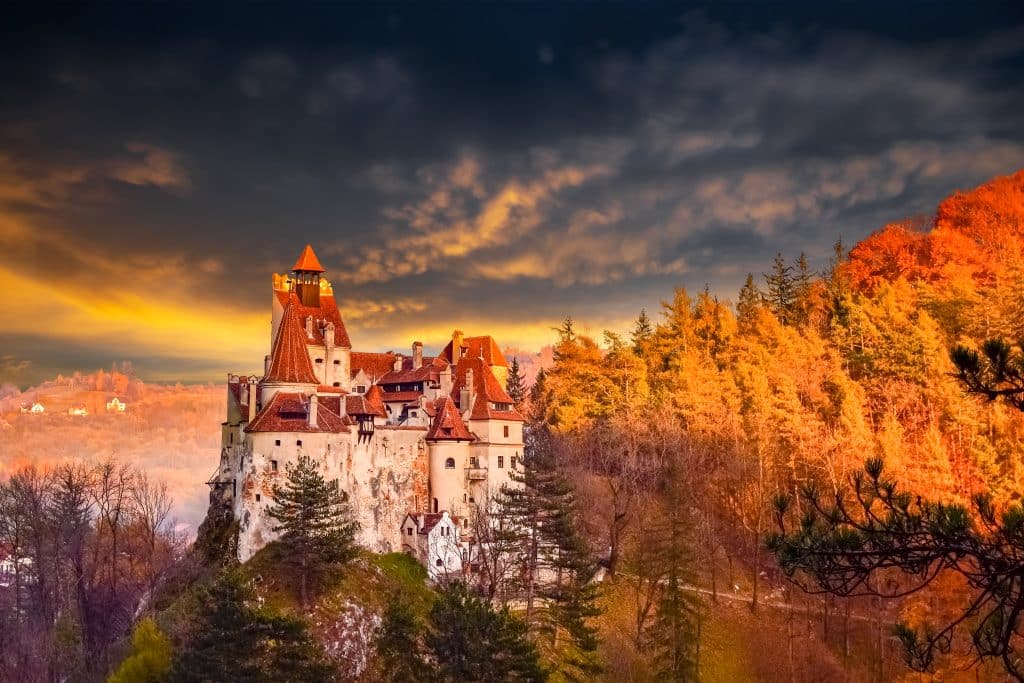A Brief History of Arts and Crafts in Romania
Romania, a country nestled in the southeastern part of Europe, boasts a rich and diverse cultural heritage that spans centuries. One of the most remarkable aspects of this cultural tapestry is its arts and crafts tradition. The history of arts and crafts in Romania is a testament to the creativity and resilience of its people, reflecting both local traditions and external influences. This article delves into the captivating journey of Romanian arts and crafts, exploring their cultural significance and enduring impact.

Ancient Origins
The roots of Romanian arts and crafts can be traced back to the ancient Dacian and Roman civilizations that once inhabited the region. These early inhabitants were skilled in various crafts, including pottery, weaving, and metalwork. The fusion of Dacian and Roman cultures contributed to the development of unique artistic expressions. Notably, Dacian jewelry and pottery have been unearthed, revealing intricate designs that continue to inspire contemporary artisans.
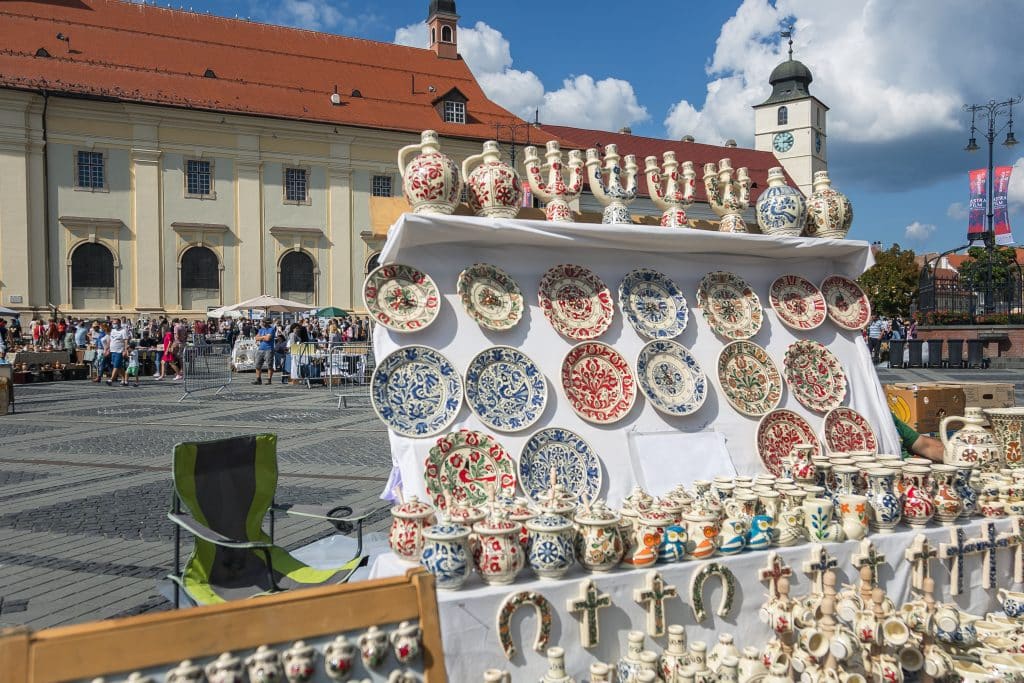
Medieval Influences
Romania’s medieval history further shaped its arts and crafts traditions. The emergence of Transylvania as a multicultural hub brought together Romanian, Hungarian, and Saxon influences. This cultural amalgamation influenced the development of crafts such as ceramics, textiles, and woodworking. The Saxon communities, in particular, played a pivotal role in advancing craftsmanship, introducing new techniques and designs.
One of the most iconic Romanian crafts with deep medieval roots is the art of egg painting, known as “încondeiatul ouălor.” This intricate practice involves hand-painting delicate motifs on eggs, often using a combination of wax and dye. These ornate eggs, called “pysanky,” are created with meticulous attention to detail and have become symbolic of Romanian craftsmanship.
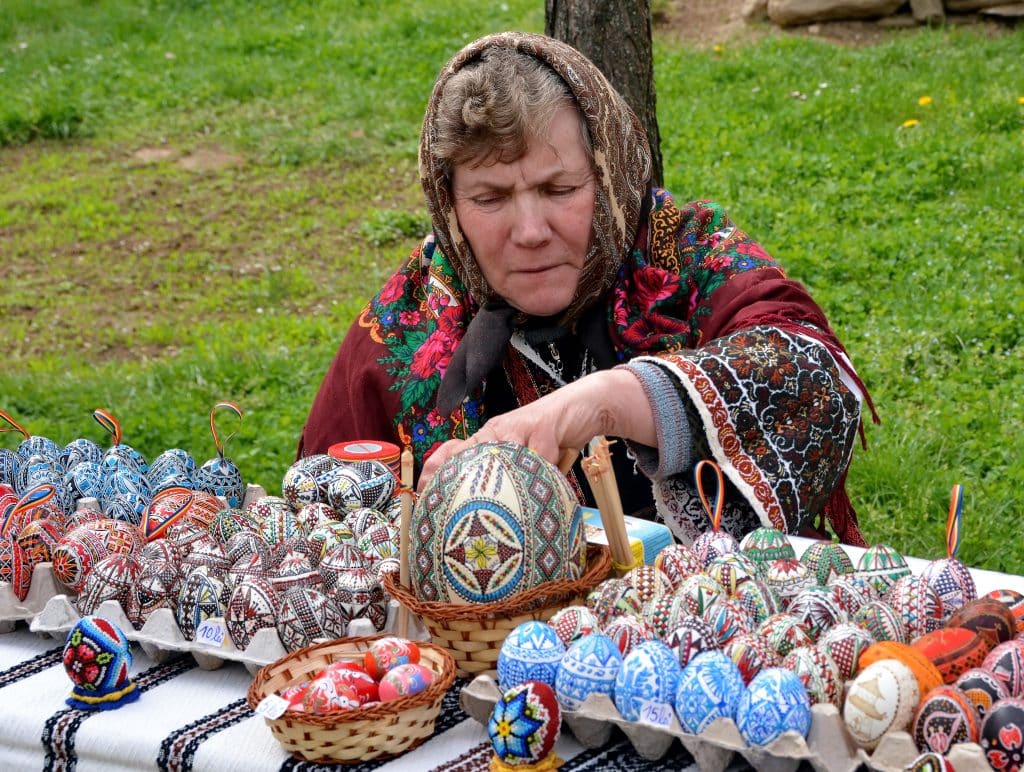
The Ottoman Occupation
Romania’s history was also marked by centuries of Ottoman occupation, which had a significant impact on its arts and crafts. During this period, Byzantine and Oriental influences permeated Romanian culture, leading to the development of exquisite items like rugs, ceramics, and textiles. Romanian artisans adapted and incorporated these influences into their creations, giving rise to a distinct fusion of styles.
Cultural Significance of Romanian Crafts
Arts and crafts have held immense cultural significance in Romania throughout its history. They have served as a means of preserving and celebrating the country’s unique identity and cultural diversity. Romanian craftsmanship is deeply rooted in local traditions, often drawing inspiration from the country’s natural landscapes, folklore, and religious beliefs.
One notable craft that embodies Romania’s cultural significance is the production of traditional clothing. The intricate patterns and vibrant colors found in Romanian folk costumes reflect the region’s folklore and traditions. These costumes are not only visually stunning but also serve as symbols of national pride and cultural heritage.
Arts and crafts have also played a pivotal role in maintaining community bonds and transmitting knowledge from one generation to the next. Many crafts were passed down within families or among apprentices, ensuring their preservation over time. The act of creating and sharing these crafts fostered a sense of belonging and cultural continuity.
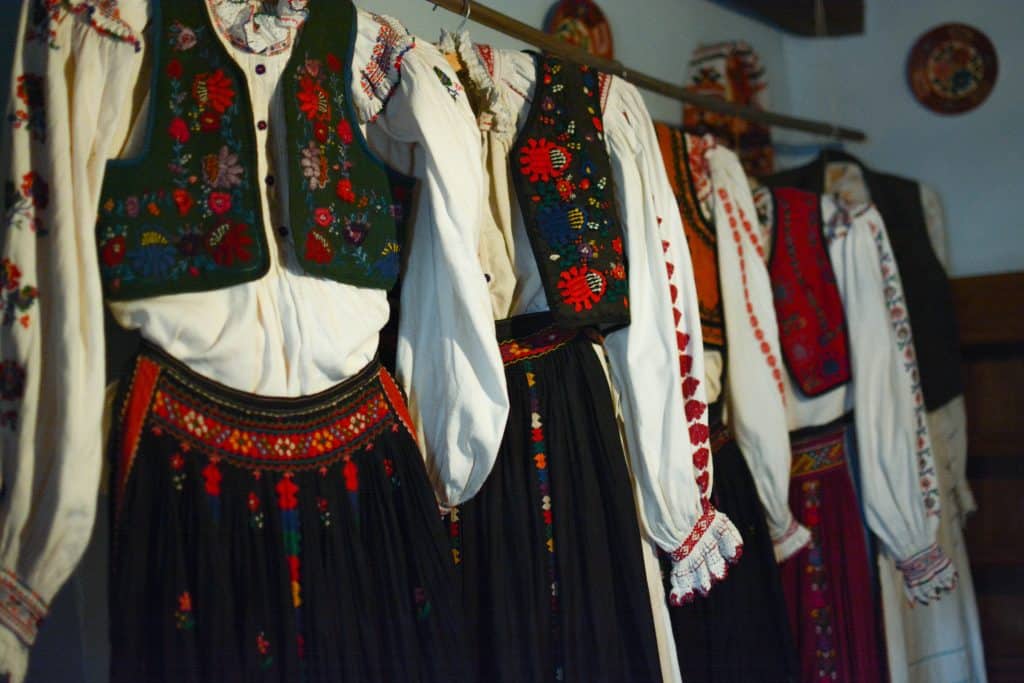
The Romanian Revolution and Modern Revival
The late 20th century marked a turning point in Romania’s history with the fall of the Communist regime during the Romanian Revolution of 1989. This period of political change also had significant implications for arts and crafts. While the Communist era had imposed restrictions on artistic expression, the post-Revolution period saw a resurgence of interest in traditional crafts and a renewed appreciation for cultural heritage.
Artisans and craftsmen began to rediscover and revive traditional techniques and styles. This renaissance led to the establishment of craft cooperatives and workshops dedicated to preserving and promoting Romanian craftsmanship. The appreciation for handmade, locally crafted goods also gained traction among consumers both within Romania and internationally.

Contemporary Expression
In the 21st century, Romanian arts and crafts continue to thrive and evolve. Modern artisans draw inspiration from centuries-old traditions while infusing their work with contemporary elements. This blending of the old and the new has resulted in a vibrant and dynamic arts and crafts scene that appeals to a wide range of audiences.
Romania has a rich tradition of arts and crafts, and you can find a wide variety of traditional items that reflect the country’s cultural heritage. Here are some examples of arts and crafts you would traditionally see in Romania:
Folk Costumes (Portul Popular): Romanian traditional clothing varies by region but is known for its vibrant colors, intricate embroidery, and unique patterns. These costumes are worn during special occasions and festivals and often include elements like blouses, skirts, vests, and accessories.

Egg Painting (încondeiatul ouălor): As mentioned earlier in the article, egg painting is a cherished Romanian tradition. Intricate designs and symbols are hand-painted on eggs, often using wax and dye. These decorated eggs, called “pysanky,” are especially popular during Easter.
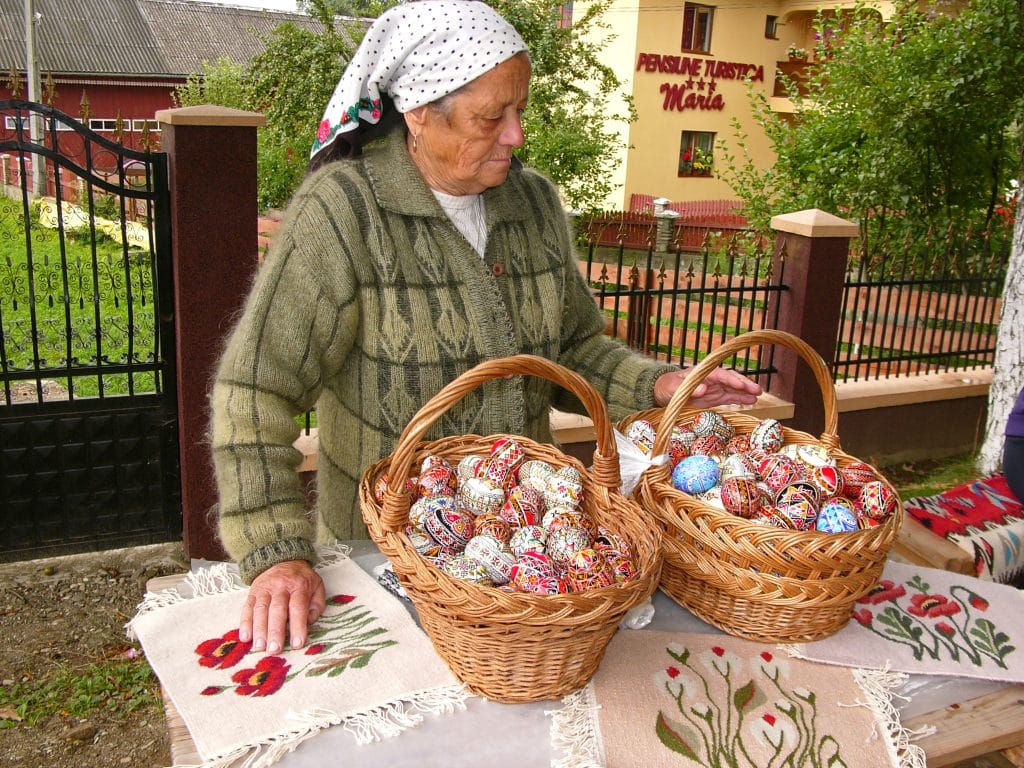

Pottery: Romanian pottery is renowned for its diversity of styles and techniques. Each region of Romania has its distinctive pottery traditions. Notable examples include Horezu ceramics with their intricate floral patterns and Maramureș wooden pottery with its sculpted decorations.
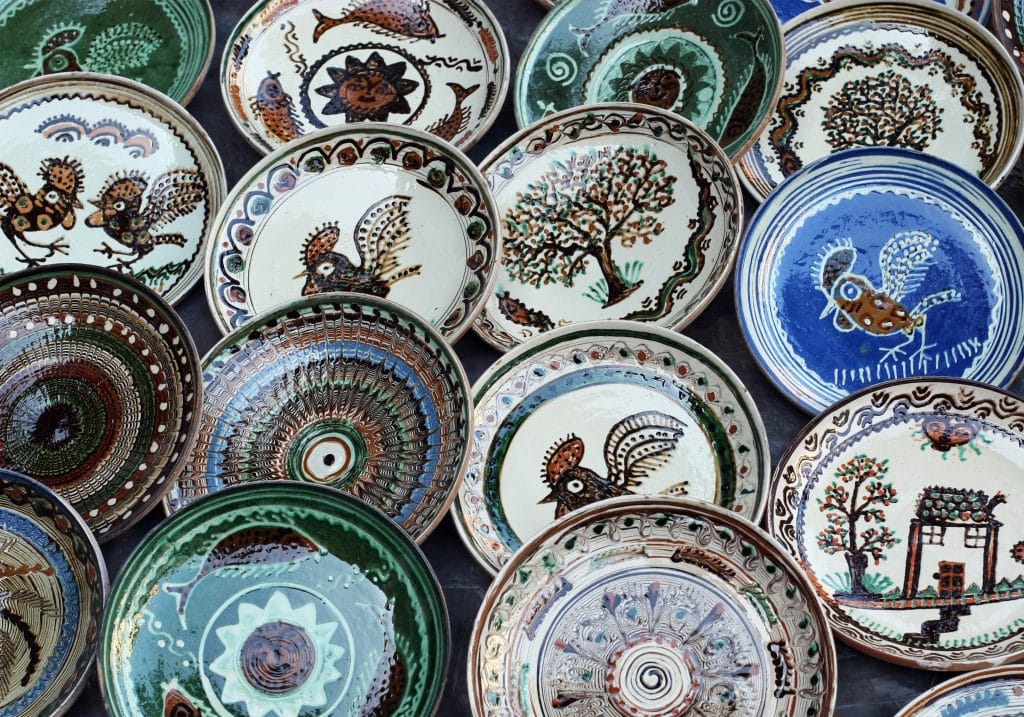
Textiles and Weaving: Romanian artisans are skilled weavers, producing a wide range of textiles, including rugs, carpets, and traditional fabrics. The patterns and motifs often have deep cultural and symbolic meanings.
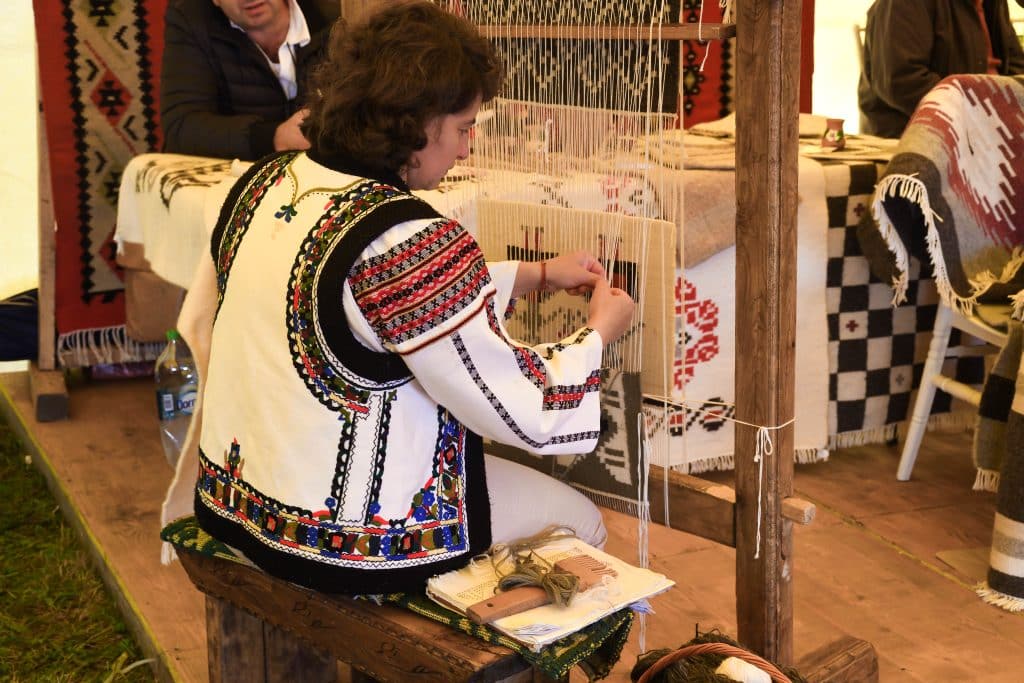
Woodcarving: Woodcarving is a traditional craft in Romania, especially in areas like Maramureș. Skilled woodcarvers create intricate designs on furniture, religious objects, and decorative items.

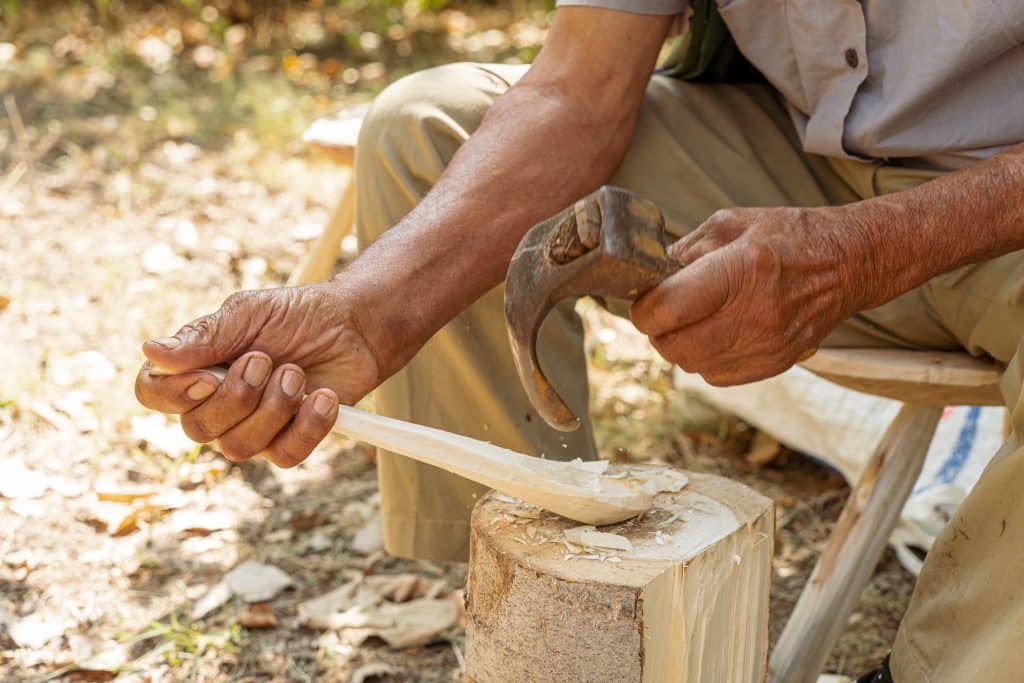
Icon Painting: Romania has a strong tradition of icon painting, often associated with the Eastern Orthodox Church. Icons are created using traditional techniques and serve as religious and artistic expressions.
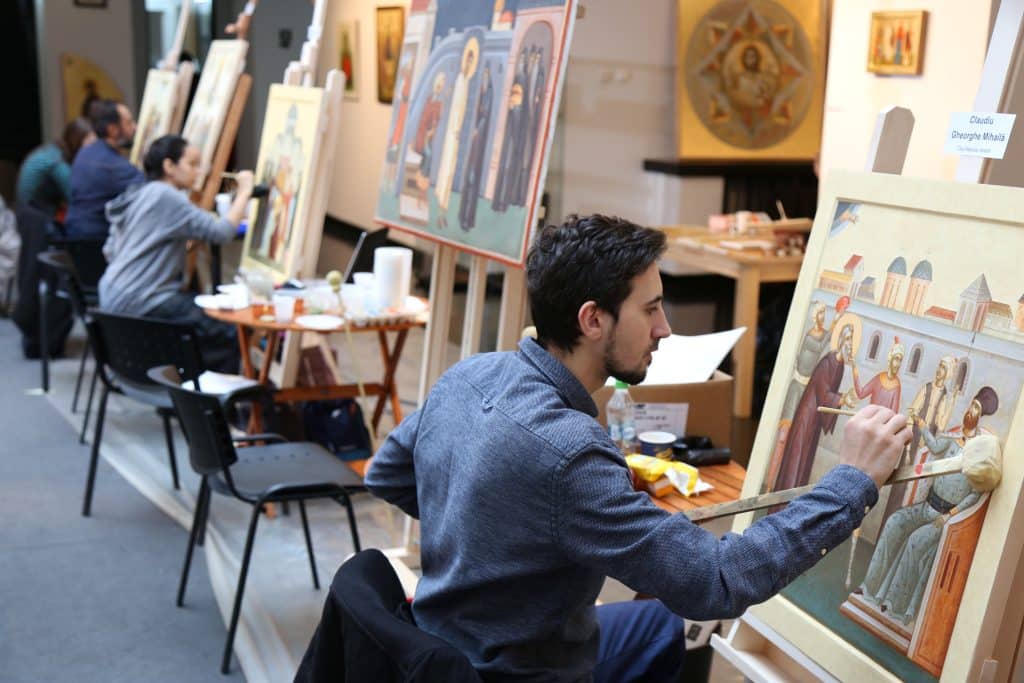
Metalwork: Romanian metalworkers craft a variety of items, including jewelry, tools, and household objects. The jewelry often features intricate filigree work and colorful stones.
Ceremonial Masks: Certain regions of Romania have a tradition of crafting wooden masks used in various festivals and rituals, such as the “Capra” masks used during winter celebrations.
Folk Instruments: Romania has a rich musical tradition, and traditional instruments like the pan flute (nai), the dulcimer (țambal), and the fiddle are often handcrafted by artisans.

Carpets and Rugs: Romanian carpets and rugs are known for their vibrant colors and geometric patterns. These textiles often showcase the artistic and cultural influences of the region in which they are produced.
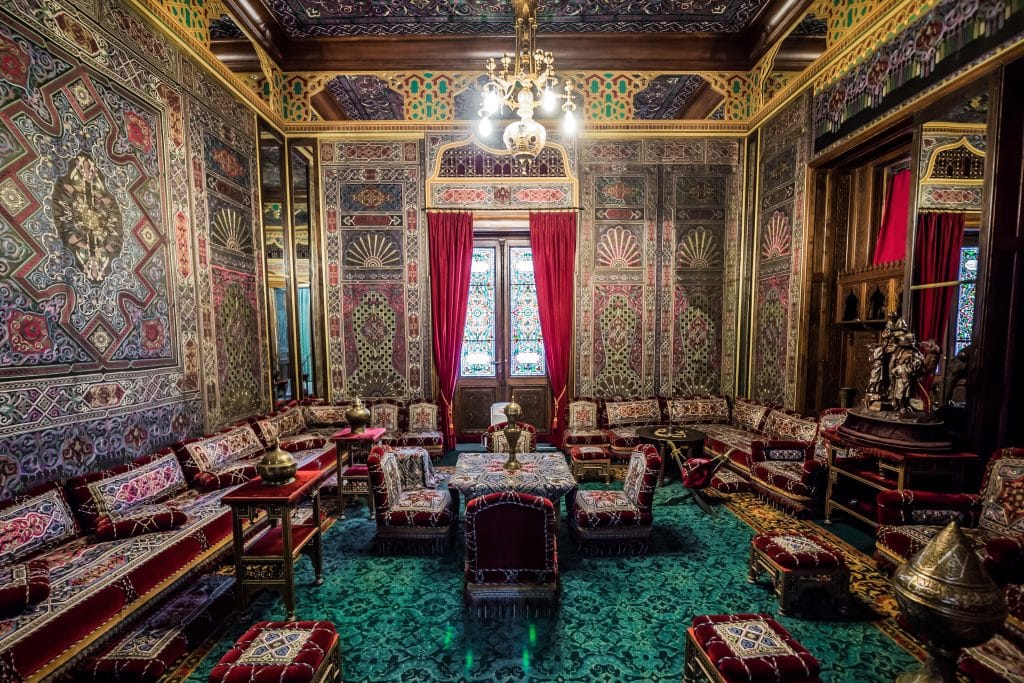
Basketry: Handwoven baskets and containers are made using a variety of natural materials. These baskets serve both functional and decorative purposes.
Leatherwork: Leather craftsmen create a wide range of items, from belts and bags to traditional footwear. The craftsmanship often reflects regional styles and motifs.
These traditional arts and crafts not only serve as beautiful and functional items but also carry cultural significance and preserve the rich heritage of Romania. Many artisans today continue to create these traditional pieces, often infusing them with modern twists while honoring the skills and techniques passed down through generations.

One significant development in recent years is the fusion of traditional craftsmanship with sustainable and eco-friendly practices. Artisans are increasingly using locally sourced, natural materials and environmentally friendly techniques in their creations. This approach not only preserves the environment but also resonates with consumers who prioritize sustainability.
The history of arts and crafts in Romania is a remarkable journey through time, reflecting the country’s rich cultural heritage and resilience in the face of historical challenges. From its ancient origins rooted in Dacian and Roman civilizations to the fusion of medieval influences and the impact of Ottoman occupation, Romanian arts and crafts have evolved and adapted, all while preserving their cultural significance.
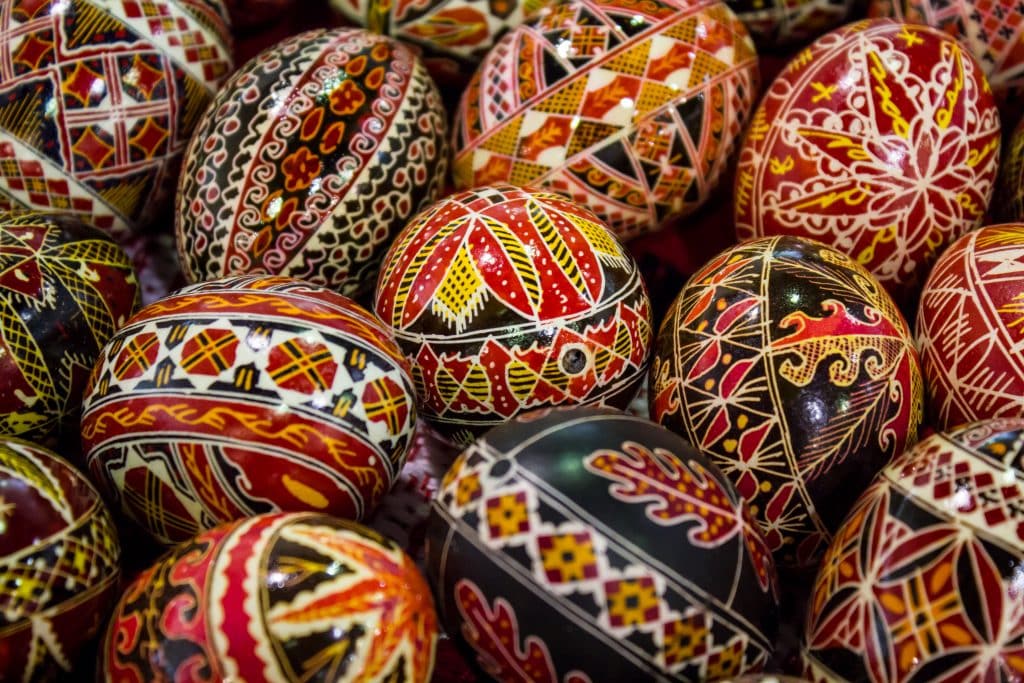
Today, Romanian arts and crafts continue to captivate with their beauty, intricacy, and cultural depth. They serve as a testament to the enduring legacy of Romania’s cultural heritage and the creativity of its people. Whether it’s the delicate art of egg painting, the vibrant folk costumes, or the modern fusion of traditional techniques, Romanian arts and crafts remain a source of pride, identity, and cultural expression. They remind us of the importance of preserving and celebrating our heritage while embracing innovation and sustainability in the modern world.
While you’re looking at the amazing arts and crafts in Romania, don’t forget it’s a book-based destination, too!
